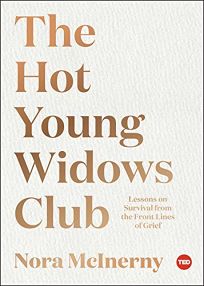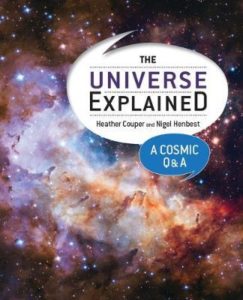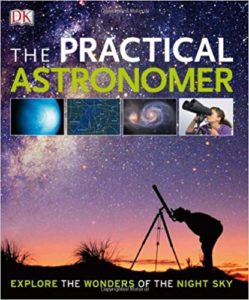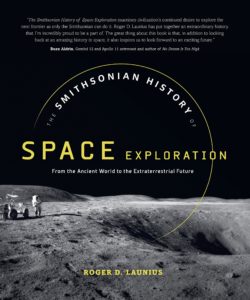Beautyland by Marie-Helene Bertino
Adina Giorno is born in September 1977 at the moment that the Voyager 1 spacecraft is launched into space. Voyager 1 is a probe designed to record data about the outer Solar System and transmit that data back to Earth. Adina has been sent to Earth with the opposite mission.
When Adina is four years old, three important things happen to her. First, her mother discovers an abandoned fax machine in a neighbor’s trash can. Second, her parents separate — leaving Adina with her single mother and only a vague impression of her father. And third, she is activated.
Adina is an extraterrestrial, she was sent to Earth to gather information for her alien species. Upon her activation, she begins to dream of a classroom where these aliens can teach her things and request information from her. Adina also begins sending and receiving faxes from her alien superiors.
They want information about Earth; about the ways that humans behave and interact. They tell Adina that she was designed to appear as normal as possible and that she should report to them all of her observations about life.
Adina has an unusual way of looking at the world. She thinks deeply about the things that many humans ignore: the fish at the aquarium, the reasons humans have for smiling at one another, the volume of popcorn chewing in a movie theater. She relays all of these observations to her superiors.
As she grows, she continues to send these faxes back and forth. Giving information and receiving cryptic messages or non-answers back. Especially when she asks about the planet that she is from. She keeps her mission a secret from everyone.
When she graduates high school, Adina gets a part-time job working at a diner. She loves the repetitive work and her coworkers. She stays at the diner for years, continuing to live at home with her mother and sending observations through her fax machine.
When she suddenly gets the urge to change her life and move to New York City, her supervisors’ only response is “oh Nelly.”
Adina spends most of her twenties and thirties living in New York. She gets a job in an office and adopts a dog. It being the nineties, she also joins a workout studio with a high-intensity, motivational-phrase-using coach named Yolanda K.
Adina is working in her Manhattan office during the September 11 terrorist attacks. She gets off the island without incident, but it makes her reevaluate all of the relationships in her life. Afterward she reconnects with her high school friend, Toni, who has also been living in New York.
Toni is the only person who has ever seen Adina’s faxes. She now works at a publishing company and believes that Adina would have an audience for her unusual takes on human behavior if she would be willing to publish.
The book is a remarkable success, much to Adina’s dismay. The publishers ask her to do public readings of increasing size and the book goes through multiple print runs. As Toni suspected, Adina’s views on the world resonate with a lot of people.
For her book, Adina goes public with her alien identity. Although her audience likes the book, they are divided about whether or not they believe she is an alien.
Marie-Helene Bertino’s BEAUTYLAND refuses to make it clear if Adina is an alien or not. Readers debate the point, mirroring Adina’s audience in the book. A friend of mine recommended this book to me; she is convinced that Adina is a human who falls somewhere on the autism spectrum. While I do see that many of her quirks could be explained with an autism diagnosis, Adina never wavers from her certainty about her extraterrestrial origins. So I choose to believe her.
Book review by Alyssa Berry, Technical Services Librarian







